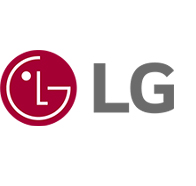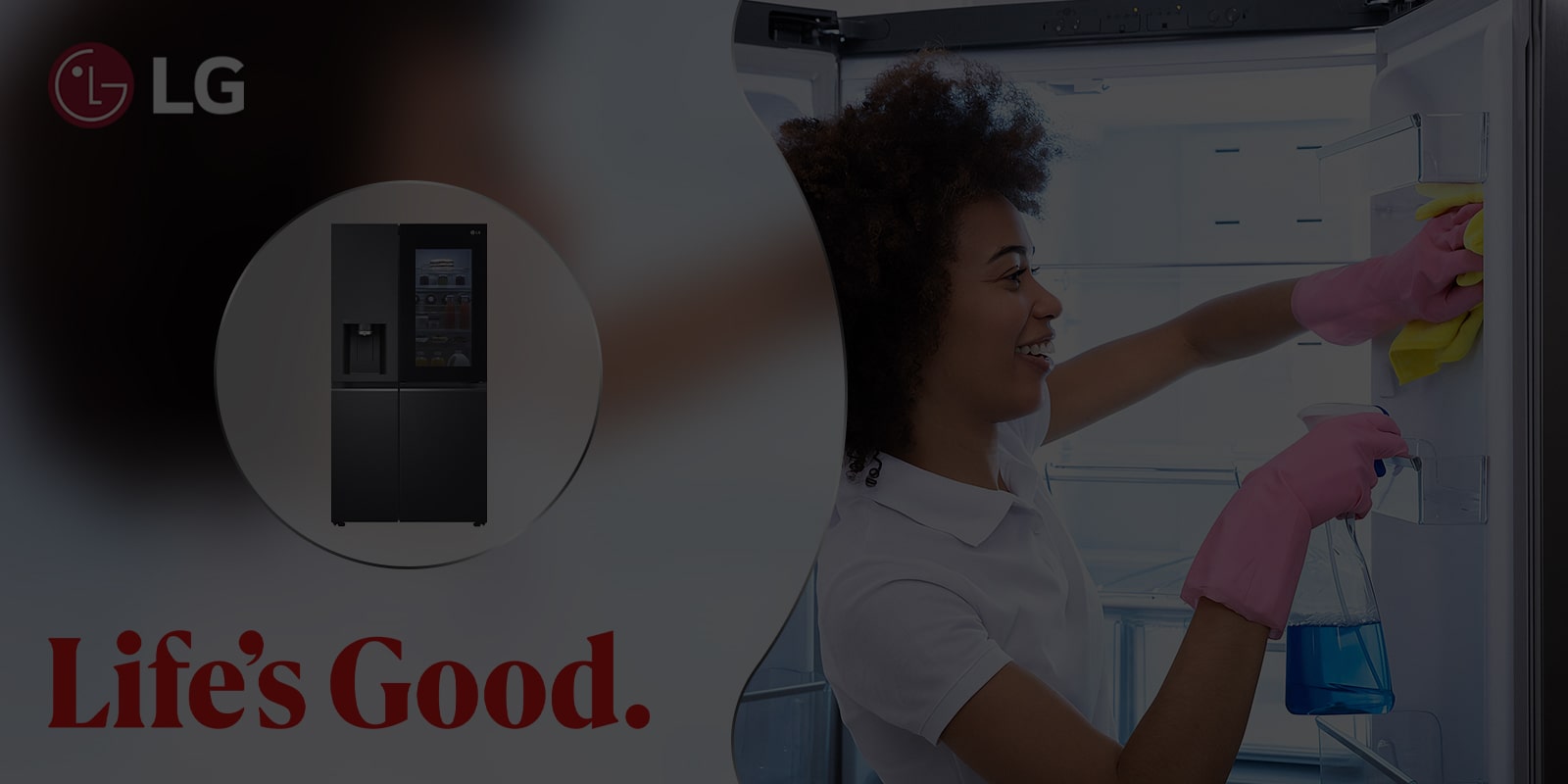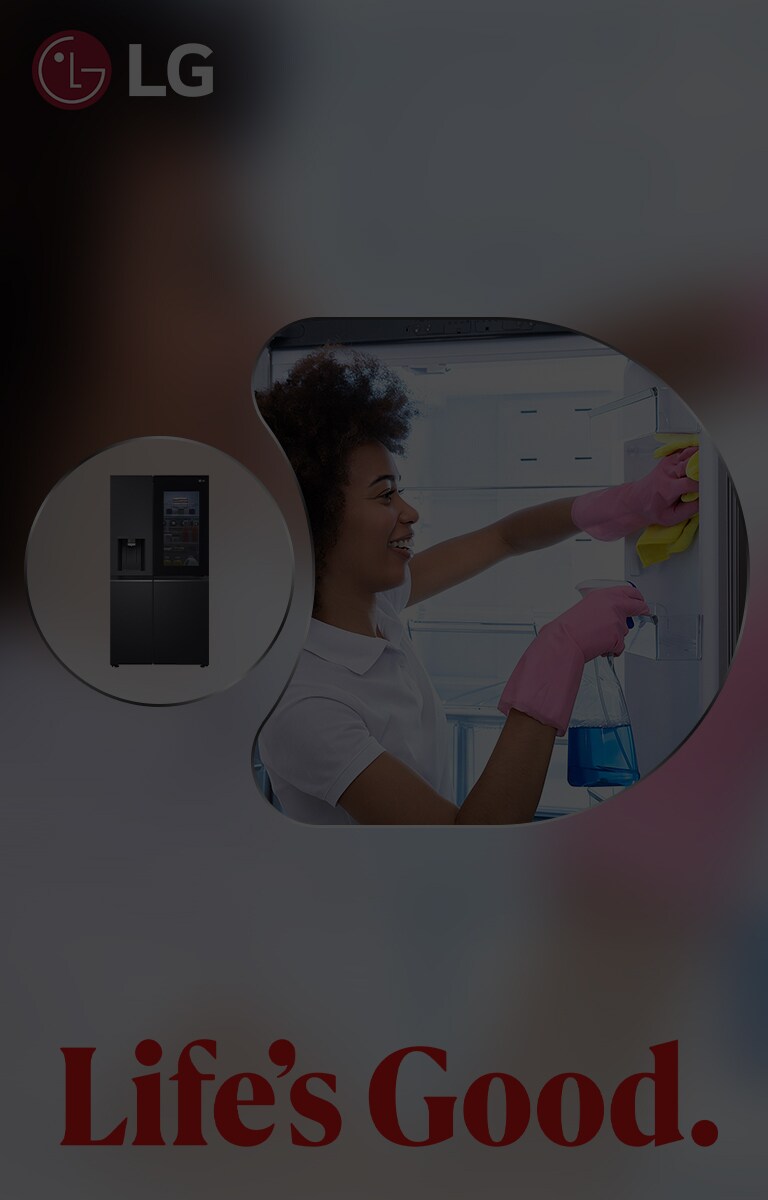-
How to Defrost or Manage Frost Build-Up in Your LG Refrigerator
Frost build-up in a refrigerator might seem like a small issue. Still, it can cause bigger problems over time, reducing storage space, making your fridge work harder, and even increasing your electricity bill.
If you own an LG refrigerator, you already enjoy advanced frost-prevention technology, like Total No Frost, which helps keep ice away. But under certain conditions, frost can still appear. The good news? It’s easy to manage if you know what to do.
In this guide, we’ll explain:
● Why does frost form in your refrigerator
● When you should defrost
● Step-by-step instructions for defrosting your LG fridge
● Tips to prevent frost in the future
● When to call for professional service
-
What Is Frost Build-Up and Why Does It Matter?
Frost is the layer of ice that can form inside your refrigerator or freezer. It happens when moisture in the air freezes on cold surfaces. While a thin layer is normal in some older fridges, too much frost can cause:
● Reduced storage space
● Poor cooling and uneven temperatures
● Extra strain on your appliance, leading to higher energy bills
● Difficulty opening or closing doors properly
LG refrigerators are designed to reduce frost automatically, but environmental factors and usage habits can still cause ice to build up.
-
Why Does Frost Build-Up Happen?
There are several reasons why frost can appear in your LG fridge or freezer:
1. Frequent Door Opening
Every time you open the door, warm air enters. If the air is humid, it will freeze quickly inside.
2. Storing Hot or Warm Food
Steam from hot food adds moisture, which then freezes.
3. Damaged or Dirty Door Seals (Gaskets)
If seals are worn out or dirty, cold air escapes, and warm air gets in.
4. High Humidity Levels
In tropical or coastal areas, moisture in the air is naturally higher, making frost more likely.
5. Faulty Defrost System
If the automatic defrost system isn’t working, frost can build up faster than usual.
-
When Should You Defrost Your LG Refrigerator?
You don’t need to defrost every week—modern LG refrigerators handle most of it for you. But you should defrost when you notice:
● A thick ice layer (more than 5 mm) on freezer walls or shelves
● Food is not freezing properly
● Poor cooling in the fridge section
● Doors are not closing fully because of the ice
● Strange noises from the cooling system
-
Step-by-Step: How to Defrost Your LG Refrigerator
Step 1: Prepare
● Unplug your refrigerator from the power socket.
● Remove all food and store it in a cooler, insulated bag, or another fridge.
● Place towels or a shallow tray at the bottom to catch melting water.
Step 2: Defrost
● Natural Method – Leave the doors open and let the ice melt on its own. This may take several hours.
● Accelerated Method – Place bowls of hot (not boiling) water inside to speed up melting. Replace the water as it cools.
● Important: Never use knives, sharp tools, or heat guns to break the ice—you can damage the appliance.
Step 3: Clean and Dry
● Mix two tablespoons of baking soda in 1 litre of warm water to clean the interior.
● Wipe with a soft cloth and dry completely to prevent new frost from forming quickly.
Step 4: Restart
● Plug your LG refrigerator back in.
● Wait at least 30 minutes before restocking with food to allow the temperature to stabilise.
-
How to Prevent Frost Build-Up in the Future
Even with frost-free technology, these habits can help:
● Limit door openings – Take out or put in multiple items at once.
● Cool food before storage – Let hot dishes reach room temperature first.
● Check door seals – Wipe them regularly and replace if worn out.
● Avoid overloading – Leave space for air circulation inside.
● Monitor performance – Use LG’s ThinQ™ app to track temperature and get maintenance alerts.
-
When to Contact LG Service
If frost keeps coming back soon after defrosting, you may need expert help. Contact LG East Africa support if:
● The frost layer builds up again within a few days
● Door seals are cracked or broken
● Error codes appear on your display
● You hear unusual noises from the compressor or fans
You can reach LG’s service team here: LG East Africa Support
-
The LG Advantage: Frost-Free Convenience
With LG’s Total No Frost technology, you enjoy:
● Consistent cooling across all shelves
● Longer-lasting freshness for your food
● No more manual defrosting hassles
● Energy efficiency that saves you money
If you’re looking to upgrade, explore the latest LG refrigerators here .
-
Conclusion
Frost build-up doesn’t have to be stressful. With a few simple habits, such as keeping door seals clean, cooling food before storage, and limiting frequent door openings, you can keep your LG refrigerator running efficiently. And thanks to LG’s advanced Total No Frost technology, you’ll spend less time worrying about ice and more time enjoying fresh, perfectly cooled food.
Whether you’re managing frost issues or considering an upgrade, LG makes it easy to keep your kitchen running smoothly. With smart features, reliable cooling, and energy savings, you can always count on LG to help you Live Smarter, Live Better.
-
Frequently Asked Questions (FAQ)
Do I need to defrost my LG refrigerator manually?
Most LG refrigerators feature Total No Frost technology, so you rarely need to defrost. However, if frost builds up due to external factors like humidity or worn seals, a manual defrost may be necessary.
How long does it take to defrost an LG fridge?
It depends on the amount of frost. Using the natural method (doors open), it can take 4–6 hours. With bowls of hot water, it may take 1–3 hours.
Can I speed up the defrosting process with sharp tools or a hair dryer?
No. Using sharp objects or direct heat can damage your refrigerator’s cooling system. Stick to safe methods like hot water bowls or simply waiting it out.
Why does frost keep coming back even after defrosting?
This usually happens if the door seals are damaged, the defrost system is faulty, or the door is left open too often. If frost builds up again within a few days, contact LG service.
How can I prevent frost build-up in the future?
● Keep doors closed as much as possible
● Let hot food cool before storing
● Wipe and check door seals regularly
● Avoid overloading your fridge or freezer
● Monitor performance via the LG ThinQ™ app
When should I call for professional service?
If frost returns quickly, error codes show up, or you notice unusual noises, reach out to LG East Africa support for expert help.




